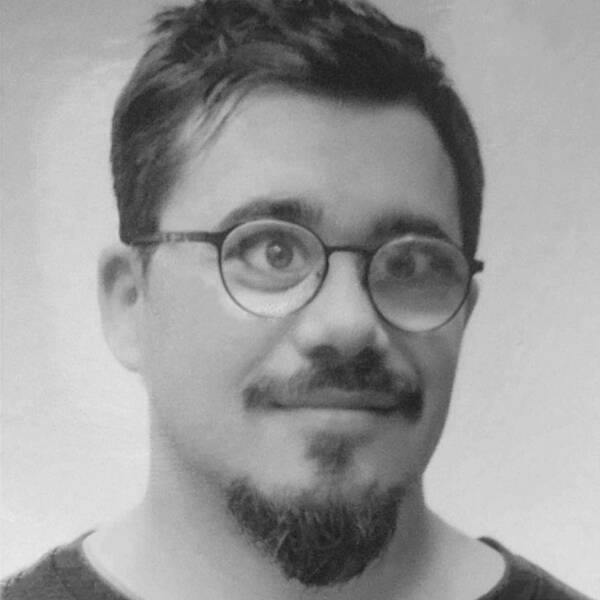Dávid Beke
Postdoctoral Research Associate, Chemistry
Biography
David Beke obtained his Ph.D. in chemistry in 2017 at the George Olah Doctoral School of the Budapest University of Technology and Economics, Hungary. He worked at the Wigner Research Centre for Physics during his Ph.D. studies, Where he researched the synthesis, properties, and application of ultrasmall silicon carbide nanoparticles. As a postdoc at the Wigner Research Centre for Physics, he studied optically active point defects and quantum bits in silicon carbide and diamond for quantum information processing and quantum sensing. He is also exploring the synthesis of doped spinel oxides for X-ray excited optical emission for photon-induced therapy.
David won the Graduate Student Award of the European Materials Society, the Budapest University of Technology Research Grant, the Hungarian Academy of Sciences Early Career Researcher Award, and the János Bolyai Research Scholarship. His research was supported by the Hungarian National Excellence Program and the National Talent program.
Education
- Ph.D in Chemistry, George Olah Doctoral School (Chemistry), Faculty of Chemical Engineering and BioengiPhneering, Budapest University of Technology and Economics, Budapest, Hungary, 2017.
- MSc. Chemical Engineering, Faculty of Chemical Engineering and Bioengineering, Budapest University of Technology and Economics, Budapest, Hungary, 2010.
Research Interests
- Spectroscopy
- Materials Science
- Solid State Synthesis
- Hydrothermal Synthesis
His work focuses on synthesizing and characterizing ultrasmall nanoparticles (below 10 nm) and optically active defects in solids. Small clusters often have surface-dependent and size-dependent optical properties below 10 nm, allowing a wide variety of tuning and exploring new physics and chemistry. Point defects in solids, on the other hand, are atom-like structures trapped inside the solid matrix that can have Magneto-optical properties influencing the behavior of the host material. Combining the two research areas can help new developments and discoveries in therapeutics, imaging, diagnostics, and quantum technology.
